Discover essential growing tips for Foxglove Beardtongue to cultivate vibrant blooms in your garden. Learn how to care for this beautiful perennial and enhance your landscape with its striking flowers.
The foxglove beardtongue (Penstemon digitalis) is a real showstopper in the garden. With tall spikes of tubular white or pink flowers, this perennial wildflower native to eastern North America brings both beauty and easy care to your landscaping.
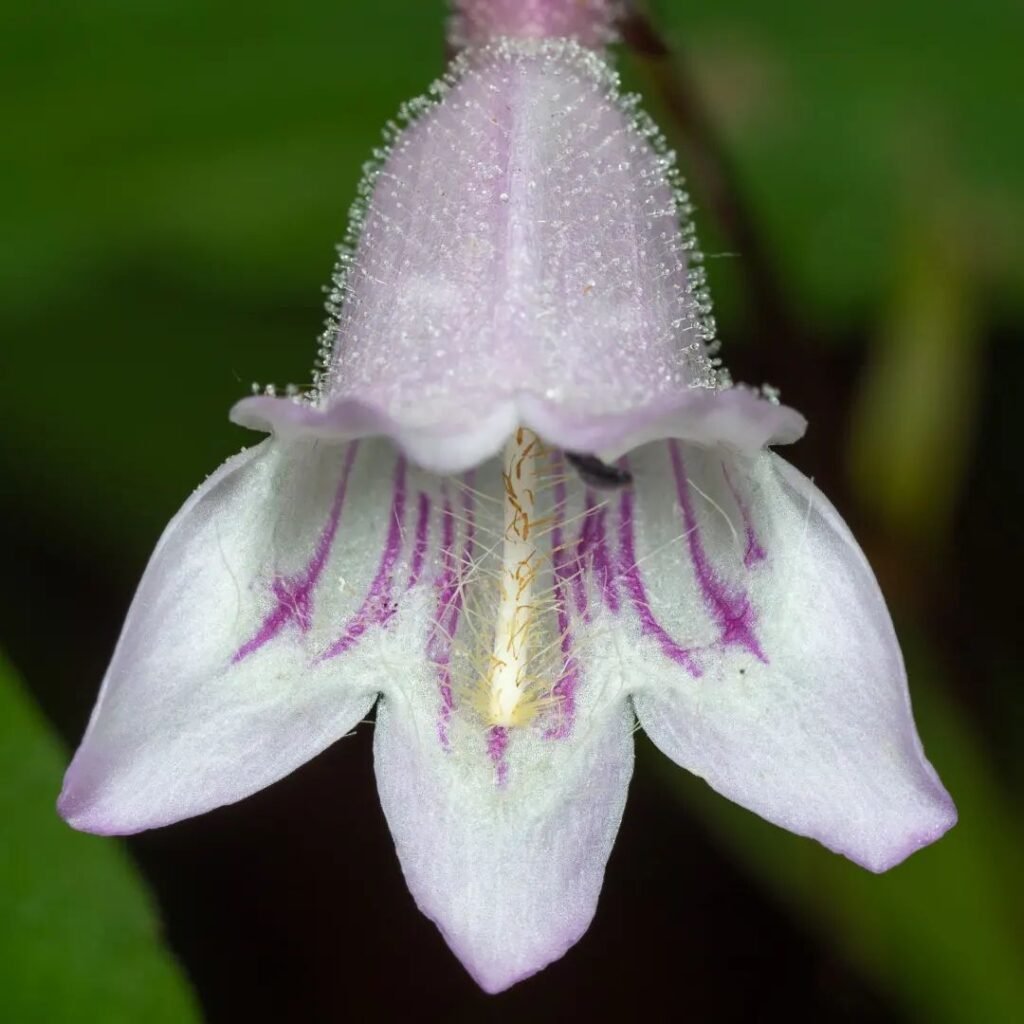
If you want to add the foxglove beardtongue’s brilliant blooms to your yard, you’ve come to the right place. This guide covers everything you need to know about growing and caring for this low-maintenance yet eye-catching plant.
What is Foxglove Beardtongue?
The foxglove beardtongue gets its quirky name from its close resemblance to the common foxglove (Digitalis purpurea). Both plants produce vertical stalks lined with bell-shaped flowers that bloom in early to mid summer.
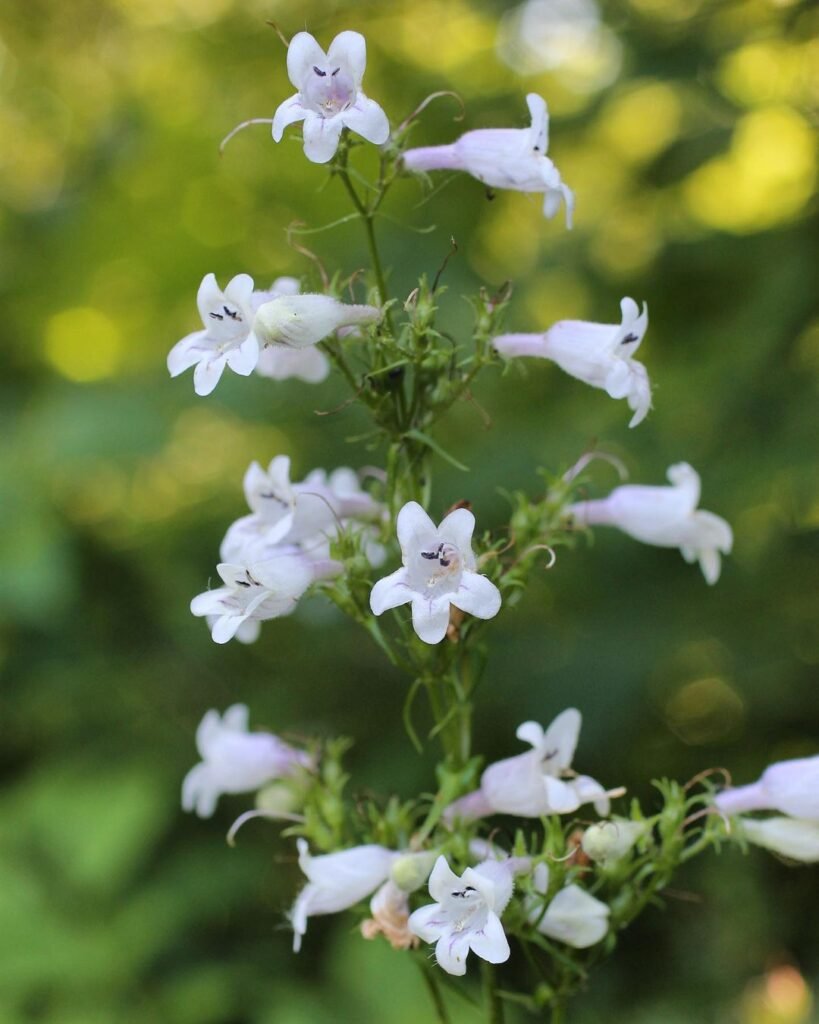
However, while the true foxglove has purple blooms, the foxglove beardtongue’s flowers come in shades of white and pink. The plant earned the “beardtongue” part of its name from the sterile stamen that looks like a hairy tongue protruding from each flower.
This clump-forming wildflower typically reaches 2-4 feet tall and 1-2 feet wide at maturity. In the right conditions, it readily self-sows to spread and naturalize over time.
Benefits of Growing Foxglove Beardtongue
There are plenty of great reasons to add foxglove beardtongue to your garden landscaping:
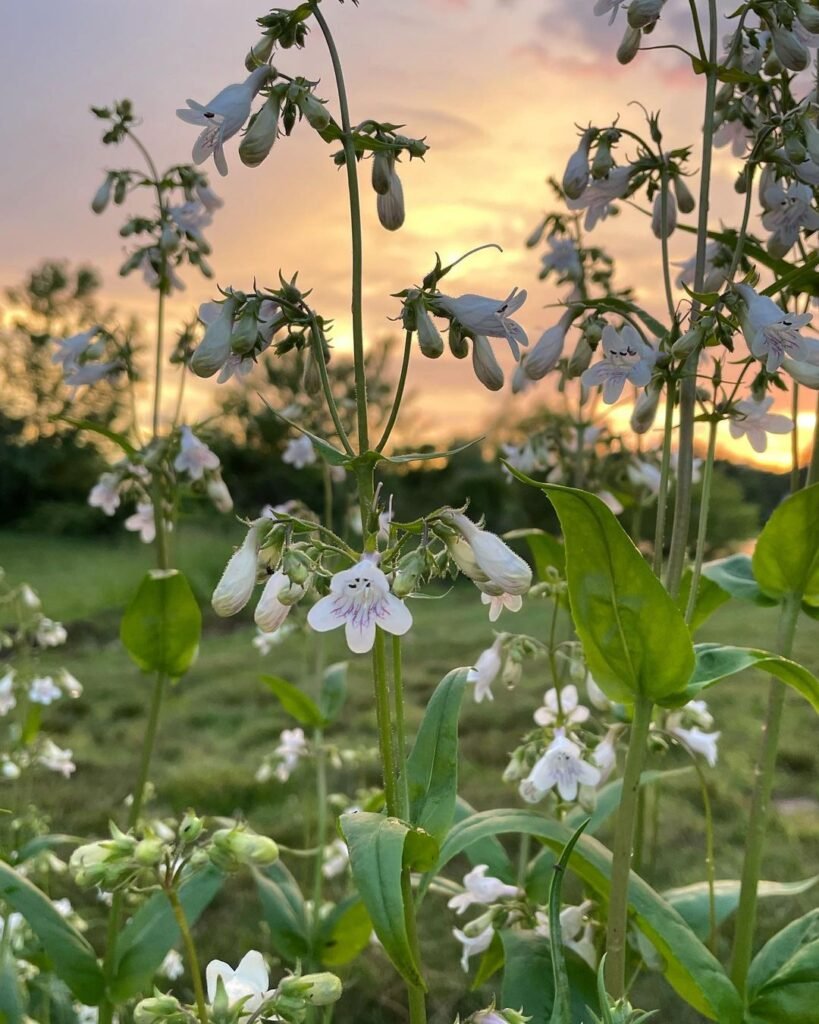
- Long bloom time from late spring through summer
- Easy to grow and low maintenance once established
- Deer and rabbit resistant
- Attracts hummingbirds, butterflies and other pollinators
- Tolerates drought once established
- Native plant that’s well-suited for naturalized areas
With its tall flower spikes and classic tubular blooms, foxglove beardtongue makes a lovely addition to cottage gardens, meadow gardens, wildflower gardens and native plant gardens alike.
Choosing a Planting Site
Like many native wildflowers, foxglove beardtongue thrives in full sun to partial shade. It prefers 6+ hours of direct sunlight per day for optimal flowering and performance.
In hot climates, situating plants where they receive afternoon shade can help prevent scorching and prolong blooms. Too much shade results in floppy growth and fewer flowers.
Well-drained soil is a must to prevent issues like root rot. Foxglove beardtongue performs best in lean, slightly dry soils versus overly fertile ground. It has moderate drought tolerance once established but may need supplemental irrigation in extreme heat and dry spells.
This plant is well-suited for naturalized areas like meadows or along the edges of wooded areas that mimic its native habitat. It also looks lovely in cottage gardens, flower borders and cutting gardens thanks to its tall stature and showy blooms.
How to Plant Foxglove Beardtongue
You can easily find foxglove beardtongue plants or seeds available from reputable nurseries and seed companies. Starting from seed results in more genetic diversity.
From Seed
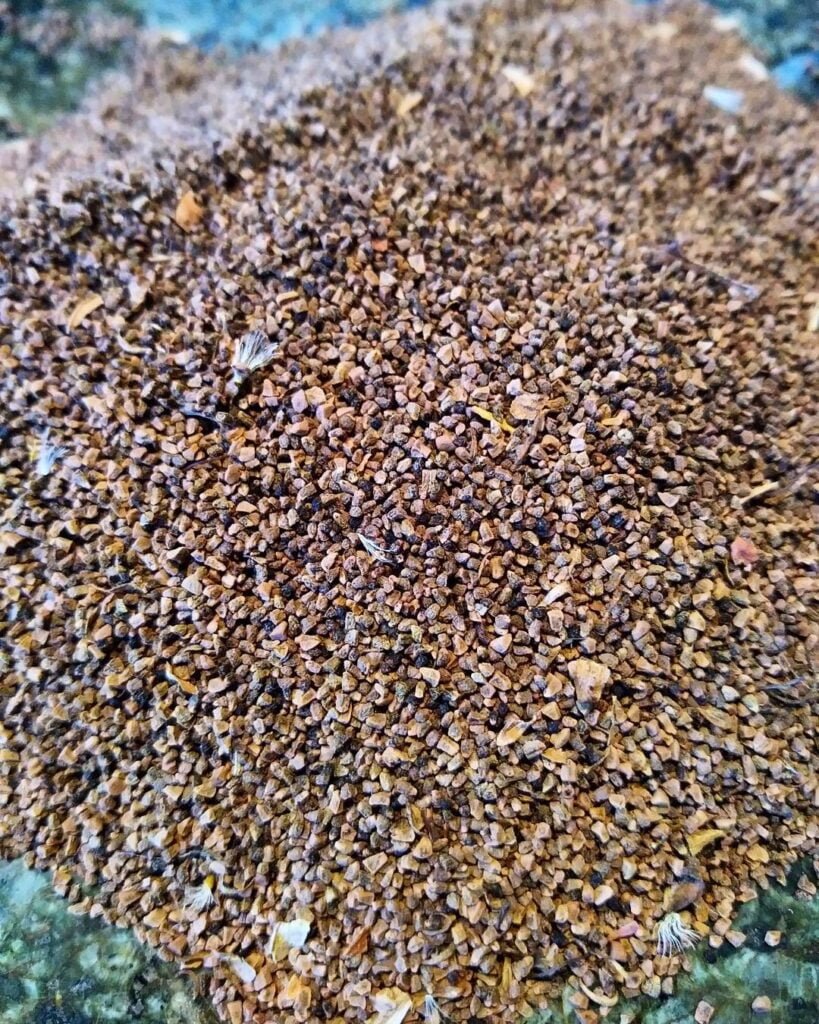
Sow foxglove beardtongue seeds directly in the ground in early spring while temperatures are still cool. The seeds need stratification, so broadcast them onto the soil surface about 6-8 weeks before your last spring frost date.
For a head start, you can cold stratify seeds for 6 weeks in the refrigerator before starting them indoors 8-10 weeks before your last frost. Transplant seedlings after hardening off.
Whether direct sowing or transplanting, space plants or thin seedlings to 12-18 inches apart in all directions. This gives each plant enough space to develop a sizable clump.
From Nursery Plants
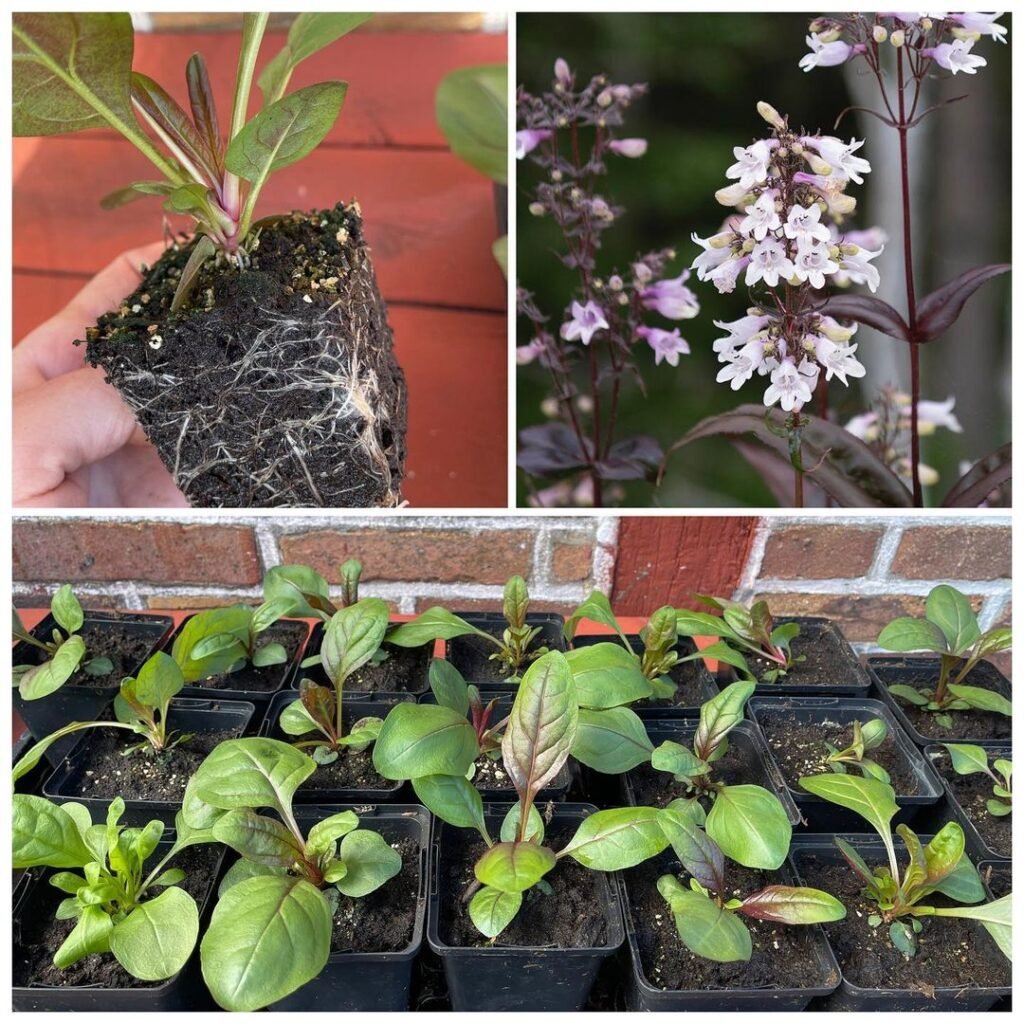
If transplanting foxglove beardtongue plants purchased from a nursery, dig a hole twice as wide as the rootball but no deeper. Carefully remove the plant from its container and loosen any circling roots.
Place the plant in the hole at the same depth it was previously growing and backfill with soil. Firm lightly and water thoroughly. Space nursery plants 12-18 inches apart.
Ongoing Foxglove Beardtongue Care
After getting your foxglove beardtongue plants established, they require very little care or maintenance to thrive:
Watering
Keep the soil lightly moist the first season as plants get established. After that, foxglove beardtongue has good drought tolerance and only needs supplemental water during extreme dry spells.
Mulching
A 2-3 inch layer of mulch like shredded bark or leaves helps conserve moisture and discourage weeds. Pull mulch a few inches away from the plant crowns.
Fertilizing
These plants perform best in moderately fertile, lean soil and have very little need for fertilizer. An occasional topdressing of compost or balanced organic fertilizer in early spring is sufficient if desired.
Deadheading
For neatness, you can remove spent flower spikes towards the end of the blooming period. However, allowing some spikes to set seed encourages self-sowing and naturalization.
Dividing
Every 3-4 years, dig up and divide foxglove beardtongue clumps in early spring to rejuvenate the plants and allow for propagation.
Winter Protection
No special winter protection is required. Simply leave spent foliage over the winter to be naturally shed in spring. Avoid mulching too heavily.
Potential Issues
Generally a trouble-free plant, foxglove beardtongue may occasionally face problems like:
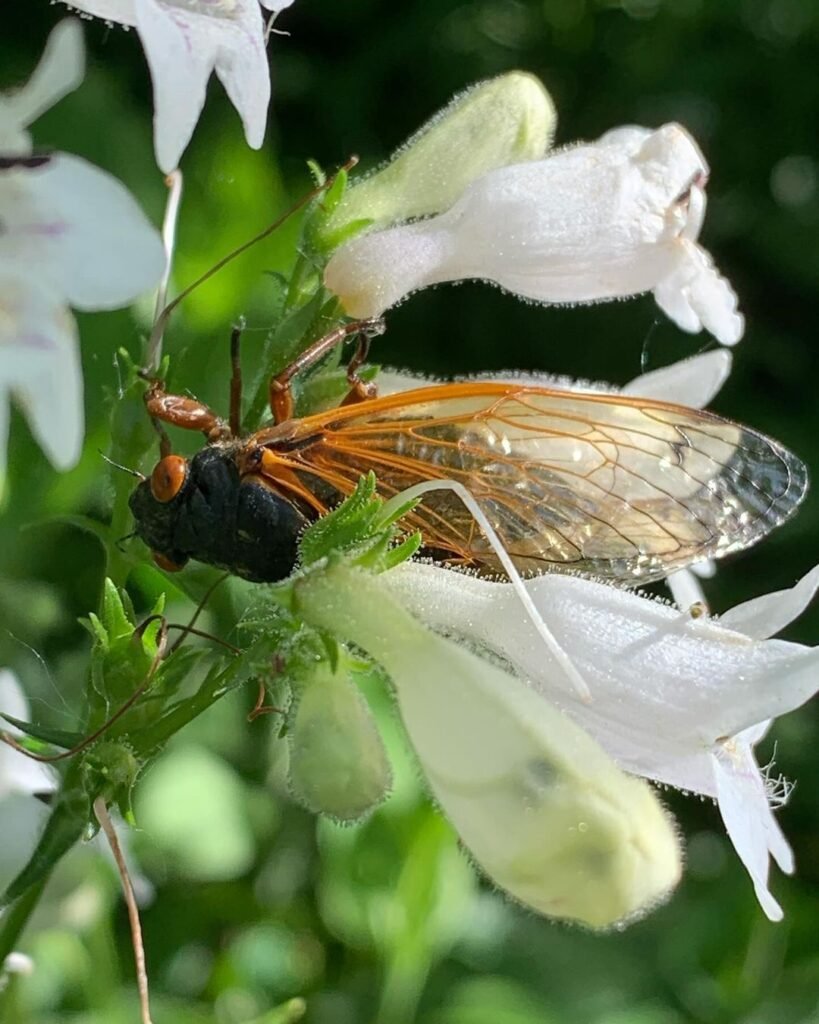
- Leaf Spot or Rust – Remove affected foliage or consider a fungicide treatment if severe.
- Powdery Mildew – Provide good air circulation and treat with neem oil if needed.
- Flopping – Overly fertile or shady conditions cause floppy growth. Stake or cage tall spikes if needed.
Most fungal issues are avoided by ensuring the plants have excellent soil drainage and don’t stay overly wet.
Best Companion Plants
Foxglove beardtongue plays nicely with many other sun-loving perennials. Here are some excellent plant partners to consider:
- Coreopsis – Low-growing coreopsis varieties like ‘Zagreb’ create a beautiful contrasting carpet.
- Shasta Daisies – The informal blooms of Leucanthemum superbum varieties complement the vertical spikes.
- Daylilies – For a seamless blend, match pink foxglove beardtongue with pink daylily blooms.
- Ornamental Grasses – Fountain grasses, little bluestem and other ornamental grasses make perfect vertical accents.
- Blazing Stars (Liatris) – The purple blooms of gayfeather complements beardtongue’s pastels.
- Butterfly Weed (Asclepias) – Pairing the two together creates a pollinator-friendly combination.
The tall flower spikes also look lovely poking up through shorter groundcover perennials like creeping phlox or moss pinks (Phlox subulata).
Design Tips for Foxglove Beardtongue
Tall and stately, foxglove beardtongue makes a gorgeous focal point in flower borders or wildflower meadows. Here are some design ideas:
- Plant a sweep or drift of foxglove beardtongue in a naturalized prairie-style planting.
- Use it in the middle or back of sunny borders and cottage gardens with lower growing plants in front.
- Add height and vertical interest to rock gardens by planting along the back edge.
- Create a gorgeous cutting garden by combining beardtongue with other long-stemmed bloomers like rudbeckia, echinacea and sunflowers.
- Let it naturalize along the edges of wooded areas or paths for a casual, meadow-like planting.
No matter how you use it, the bold flower spikes and bright blooms of foxglove beardtongue are sure to grab attention in the landscape.
Frequently Asked Questions
How long does foxglove beardtongue bloom?
In most climates, you can expect spectacular blooms for 6-8 weeks from late spring through mid-summer. Deadheading spent spikes promptly can extend the blooming window.
Is foxglove beardtongue deer resistant?
Yes, this native perennial is highly deer and rabbit resistant, making it a great choice for gardens plagued by hungry critters.
Does foxglove beardtongue spread or self-sow?
Yes, foxglove beardtongue readily self-sows if you leave some spent flower spikes on the plant. This allows it to spread gradually over time to form charming naturalized drifts. You can remove spent spikes if you don’t want any self-sowing.
How long do foxglove beardtongue plants live?
Individual clumps typically have a lifespan of 3-5 years before declining and needing division or replacement. But the plants self-sow readily to perpetuate the planting.
Where can I buy foxglove beardtongue plants or seeds?
Many reputable nurseries and seed suppliers offer both plants and seeds of this popular native wildflower. You can also try seed exchanges for affordable seeds.
Bright and Bold Beauty
With its eye-catching blooms and easy growing nature, the foxglove beardtongue (Penstemon digitalis) makes a wonderful addition to sunny gardens. This native wildflower blooms for weeks with minimal maintenance required.
Whether incorporating it into cottage gardens, wildflower meadows, or cutting gardens, foxglove beardtongue is guaranteed to turn heads and beckon pollinators with its vertical bursts of white and pink. Give it a try this growing season!
Pingback: Flame Lily: A Comprehensive Guide to Growing and Caring
Pingback: Cultivating Iris Flowers: Tips for Stunning Blooms
Pingback: Tulip Flowers Care: From Planting to Blooming Guide
Pingback: Foxglove Flowers: Nature’s Delicate Charm - USA Garden Web
Pingback: Foxglove Beardtongue: Growing Tips for Vibrant ...
Pingback: Garden Favorites: Trees That Start with ‘C’
Pingback: Garden Favorites : Trees That Start with ‘C’